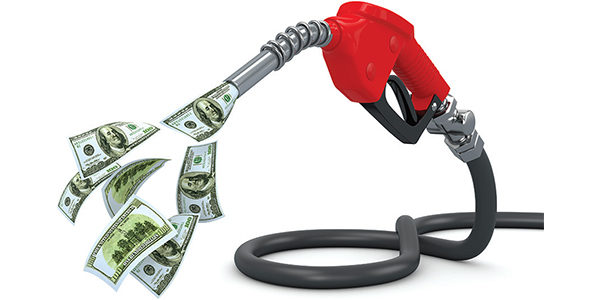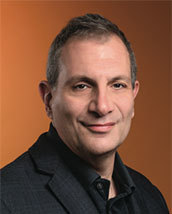U.S. Chamber proposes five-year, 25-cent-per-gallon increase in federal fuels tax

The U.S. Chamber of Commerce proposed today a five-year, 25-cent-a-gallon increase in the federal motor fuels tax, the first such increase in 25 years, which would fund improvements to the country's flagging road transport infrastructure. The Chamber also endorsed the concept of private-public sector partnerships to finance upgrades to U.S. ports, airports, and inland waterways.
The hike in the federal excise tax on gasoline and diesel fuel, which would be indexed for inflation and improvements in fuel economy, would raise $394 billion over 10 years, Thomas J. Donohue, president and CEO of the 3-million-member U.S. Chamber, said at a one-day infrastructure summit in Washington.
Donohue said the organization's members, who compose the largest business trade group in the country, would not be opposed to a one-time, up-front hike of 25 cents a gallon as an alternative to the phased-in approach. The Chamber is talking to the White House and Congress about broad infrastructure issues, and Donohue's comments today are designed to start a national conversation about the issue, said a source inside the Chamber. "We're ready to work with anyone to get this done," the source said.
The federal motor fuels tax, which stands at 24.4 cents a gallon for diesel and 18.4 cents a gallon for gasoline, has not been raised since 1993. Proceeds from the levies are deposited in a trust fund, which is the dominant revenue source for federal road projects. For several reasons, not the least of which has been that the steadily rising cost of road projects has exceeded the money available to pay for them, Congress has repeatedly been forced to inject funds from the general treasury into the Highway Trust Fund to keep it solvent.
Sean McNally, a spokesman for the trade group American Trucking Associations (ATA), said in an e-mail that "in general, we are supportive of finding fair and efficient ways of raising revenue for infrastructure investment." ATA, which has long supported an increase in the motor fuels tax, has proposed a 20-cent-per-gallon fee that would be collected at the wholesale level, when the product is pumped into the bellies of service station tanks.
For years, stakeholders across a broad spectrum have advocated increasing the federal levy, provided the funds are dedicated to road infrastructure improvements. However, the administrations of presidents George W. Bush, Barack Obama, and, for the first year at least, Donald J. Trump, have refused to push for a fuel tax increase.
Congress, for its part, has also failed to act, worrying about the political ramifications of such a move come election time. However, Donohue noted today that 39 states have raised their fuel taxes since 1993—with some states doing so several times during that period—and that no state lawmaker has lost an election because he or she advocated a fuel tax increase.
The lack of political support for a federal fuel tax hike stems from Congress' desire to move away from the original user-fee model to one that funds a broad range of transport projects that make the motoring public feel their money is being wasted, said Robert Poole, director of transportation policy for the libertarian think tank The Reason Foundation.
"The voting public has little confidence that paying more to the feds will make any meaningful improvement in their travels," Poole said today in an e-mail. "By contrast, a majority of state DOTs [departments of transportation] have been able to gain political support for fuel tax increases by showing voters a direct connection between what they will pay and what more they will get if the increase is approved."
The Chamber's proposal comes as the Trump administration is focusing attention on a supposed $1 trillion infrastructure measure, the broad strokes of which would leverage $200 billion in federal funding to generate an additional $800 billion in federal, state, and private sector investment.
In his remarks, Donohue said private-public sector partnerships, while not appropriate in some cases, should still be strongly considered if the circumstances warrant. He pointed to a $1.91 billion project underway in Orange County, Calif., to add a general-purpose lane and a toll lane along a 16-mile stretch of Interstate 405, which feeds into the ports of Los Angeles and Long Beach, the country's busiest seaport complex. The county has received a $628 million loan from the U.S. Department of Transportation, and will finance most of the remainder by issuing bonds backed by toll revenues. Most of the work is set for completion in 2023.
"These are the kinds of things we should be doing all across the country," Donohue said. "Depending on the design of the financing mechanism, just $1 of federal funds today can, by some estimates, leverage up to $40 for new infrastructure projects."
Related Articles

Copyright ©2024. All Rights ReservedDesign, CMS, Hosting & Web Development :: ePublishing